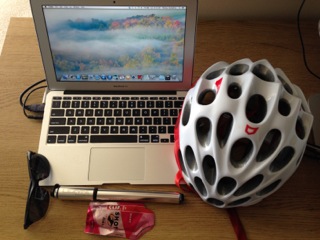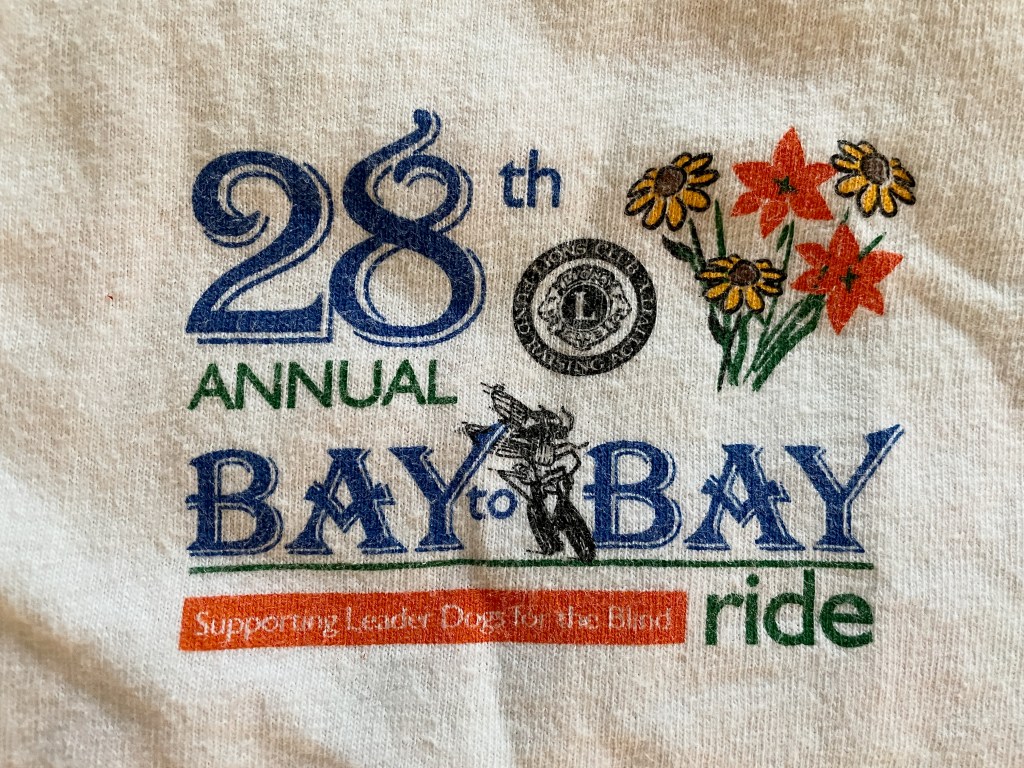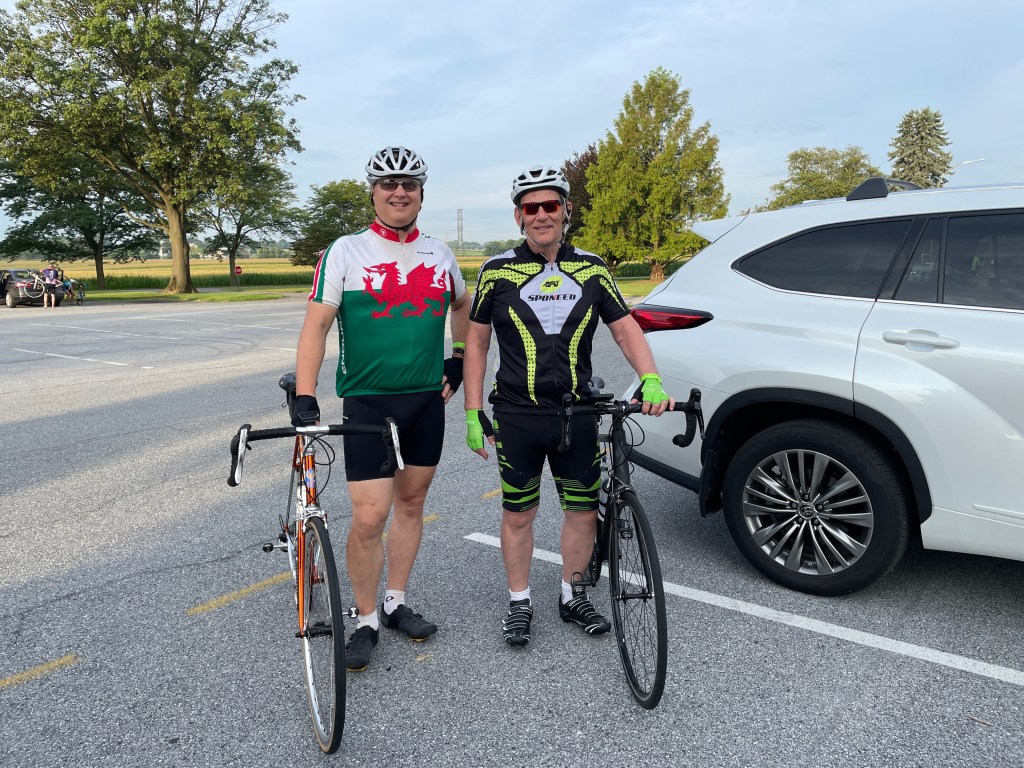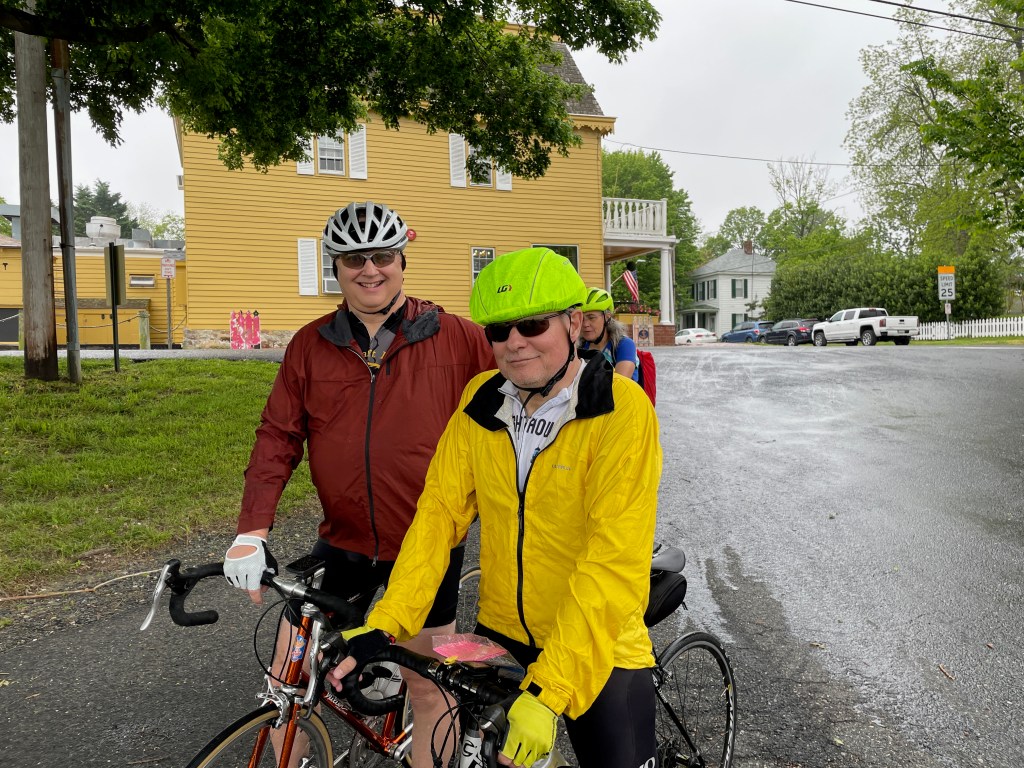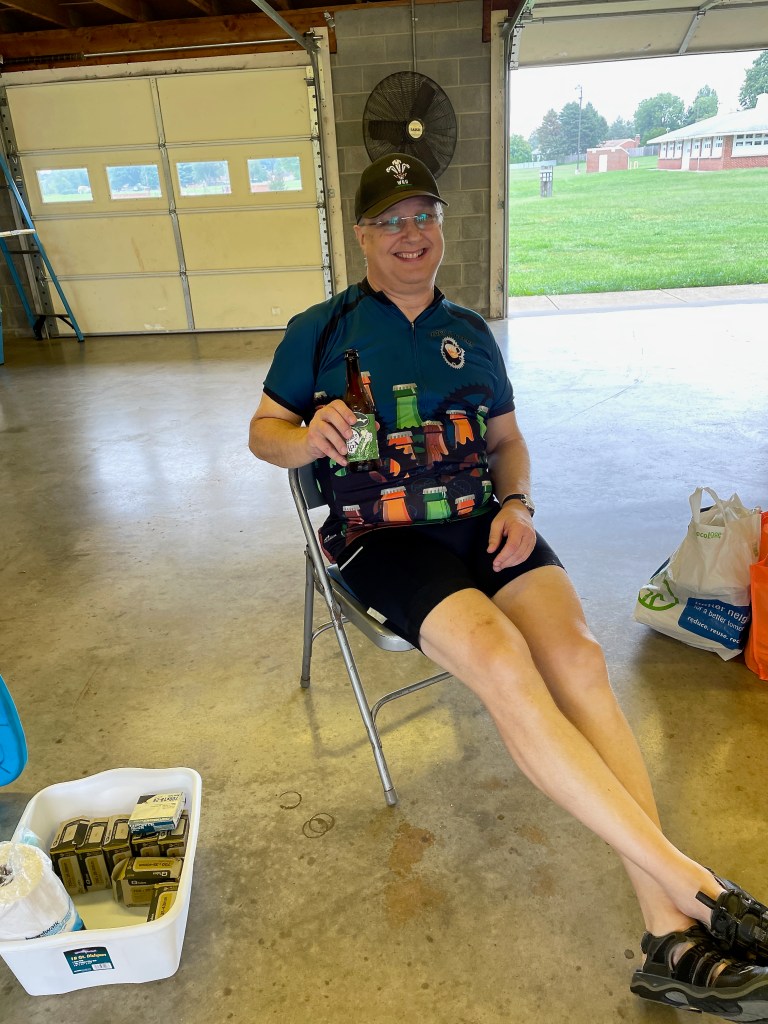I’m the kind of person who likes to take on challenges, and I’m also the kind of person who creates traditions. I value consistency, but not when it comes at the expense of novelty. Last month I rode my 16th Seagull Century. When I first rode it, the Seagull was a challenge. I wanted to finish a century. Then I wanted to improve, then it became social, then it was something I did every year that had become traditional. This all happened because I was enjoying it and it helped motivate me. Previous entries in this blog show how much I have enjoyed this event.

In the last couple of years, I have begun to get less from the Seagull than I once did. I found that most of the familiar faces that I used to see there were absent. I have been riding it alone in recent years, pushing myself as an individual challenge to complete a goal. It occurred to me earlier this year that I just wasn’t getting as much out of this event as I put in. I decided to ride this year’s event and get all I could from the experience. Then I would take the time to evaluate my goals, and decide whether to continue to ride it every year.

The 2023 Seagull would be a serious challenge. The forecast called for rain. This isn’t unusual, I’ve been rained on during the Seagull a few times. The Friday before was a glorious day, and the following Sunday was also nice. It just happened that the weather had stubbornly chosen that particular day to water us. As a result, I thought that there were fewer riders this year. The difference was pretty obvious. On a sunny day, this would have been a kind of rolling cycling festival. This year it was a more focused affair, with only the most committed riders on the course. There were a lot of us, but the sheer volume of 5000 or more riders wasn’t in evidence. I don’t know how many were riding this year, but I think two to three thousand would be a good guess.
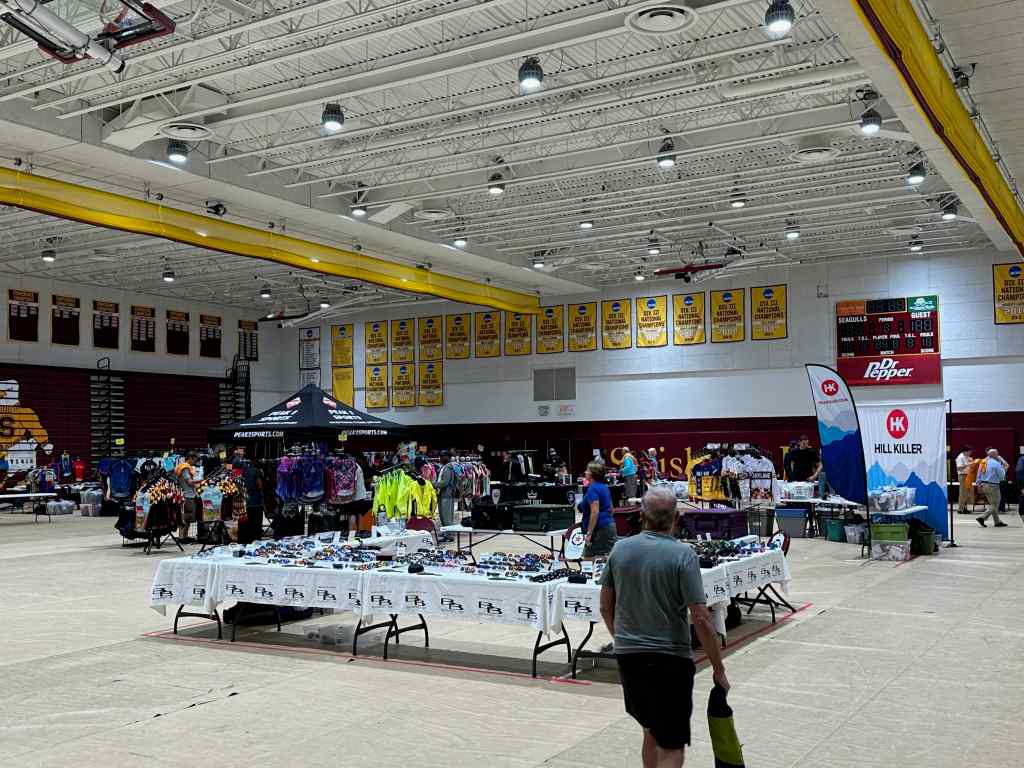
I arrived Friday and went to campus to pick up a shirt, and of course I walked around the gym to see what was on offer. In all the years I’ve been riding the Seagull, I have never bought a Seagull jersey. This year’s was a good design, so I purchased one and picked it up at the gym. On Saturday morning I parked in the usual place, then I went to the “High Carb Breakfast” at the SU dining hall. It’s better than the typical Continental breakfast in most hotels. Afterward I prepared carefully and left for the tunnel and the ride start.

I let myself bask in nostalgia as I entered the tunnel, given my uncertain feeling about my future participation in this event, and as I approached the start banner it was dry and beautiful. Could such a nice start really end badly? I set myself a strong pace, understanding that I didn’t have time to waste if there was a chance that I could avoid the rain. I felt good and rode steadily. I remembered the years when I had last been on those same roads and seen those sights. It was fun. The first stop was brief. I had been drinking well and I’d emptied a bottle and a half. I refilled, ate a banana and snacks and headed out again as the light gray morning skies filled in and darkened.

My pace was steady, and others tried to pick up my wheel as I rode on – and at least one started breathing hard, then dropped off suddenly. The lesson – ride the pace you’ve trained at. This may be a flat ride, and drafting can save you energy, but you have to know yourself. This is a century ride, not a race. There is no prize to be had. I was having a good time. My second stop was a little longer, but I still felt good. I headed out for the next leg to Assateague feeling hopeful and dry. There were clearly fewer riders – fewer to pass and even fewer passing. I followed the road marks, but it wasn’t really difficult. I was having a good time. I arrived at Assateague (mile 68 this year) feeling confident. It was a gray day with the odd raindrop, but it hadn’t amounted to a drizzle for me, so I took my time and looked around. I headed back feeling strong.


My luck held out for another 7 miles, then at about 75 miles in the rain began. Not a light rain, but a steady soaking rain with no respite. I was heading west into it, and there was no choice but to endure it. I still looked at those familiar roads and smiled, but the Seagull Century is known for raining on riders every few years and this was expected. In fact, looking back on past years, I’m surprised at how often it’s been dry for me. The final stop was at mile 87, Adkins Mill Park. I found a dry place under the picnic shelter. I hadn’t been drinking much, so I ate, drank and refilled bottles. I felt so wet that I should have been approaching dry from the other end. The last leg would be the shortest. I set out to hold my pace and endure the rain. The other riders also seemed resigned to being wet and determined to finish. I thought it was interesting to see so many smiles among them. I was hanging on to that strong pace I started with. The cold and wet weather was working against me, but I was still going well. This would be the fastest Seagull I had ridden in years. Coming in to Salisbury I felt strangely lighthearted. I was alone when I went through the tunnel. The cheers were wonderful, if slightly less in volume than on dry years. In all, I rode 105.5 miles at an average of 17.6 mph. Not bad for a 62 year old man.


I was wet cold and exhausted when I got off the bike. Thankfully Dianne found me as I walked over to the beer garden and handed me a Pumpkin Spice Latte. It was wonderful. I might have been feeling the edge of hypothermia, and getting out of the rain and drinking that latte felt wonderful. I celebrated with a post ride beer, but I didn’t hang around long afterward because I was still very wet and very cold, and I needed to warm up. The hotel hot tub revived me. I had a nice dinner with Dianne and came home the next day feeling satisfied.
With the benefit of a few weeks to think it over, I may ride some different events next year. I don’t want to completely give up on Seagull at this time. I booked a hotel room when the date for 2024 was announced. I won’t hesitate to register if someone asks me to ride with them. If I’m still feeling ambivalent about it, I can cancel the hotel and move on without regret. I ride enough to be ready in case I change my mind. There have been times when I was excited to sign up and excited as the Seagull approached, but I think that as people whom I once shared that excitement with stopped riding it, I started to get less out of the ride. I’m keeping my options open, and I won’t make a decision until next summer. This is the first time since I started riding the Seagull Century that I haven’t been sure that I’ll be riding it again the next year. I’m going to feel fine no matter what I decide though.
